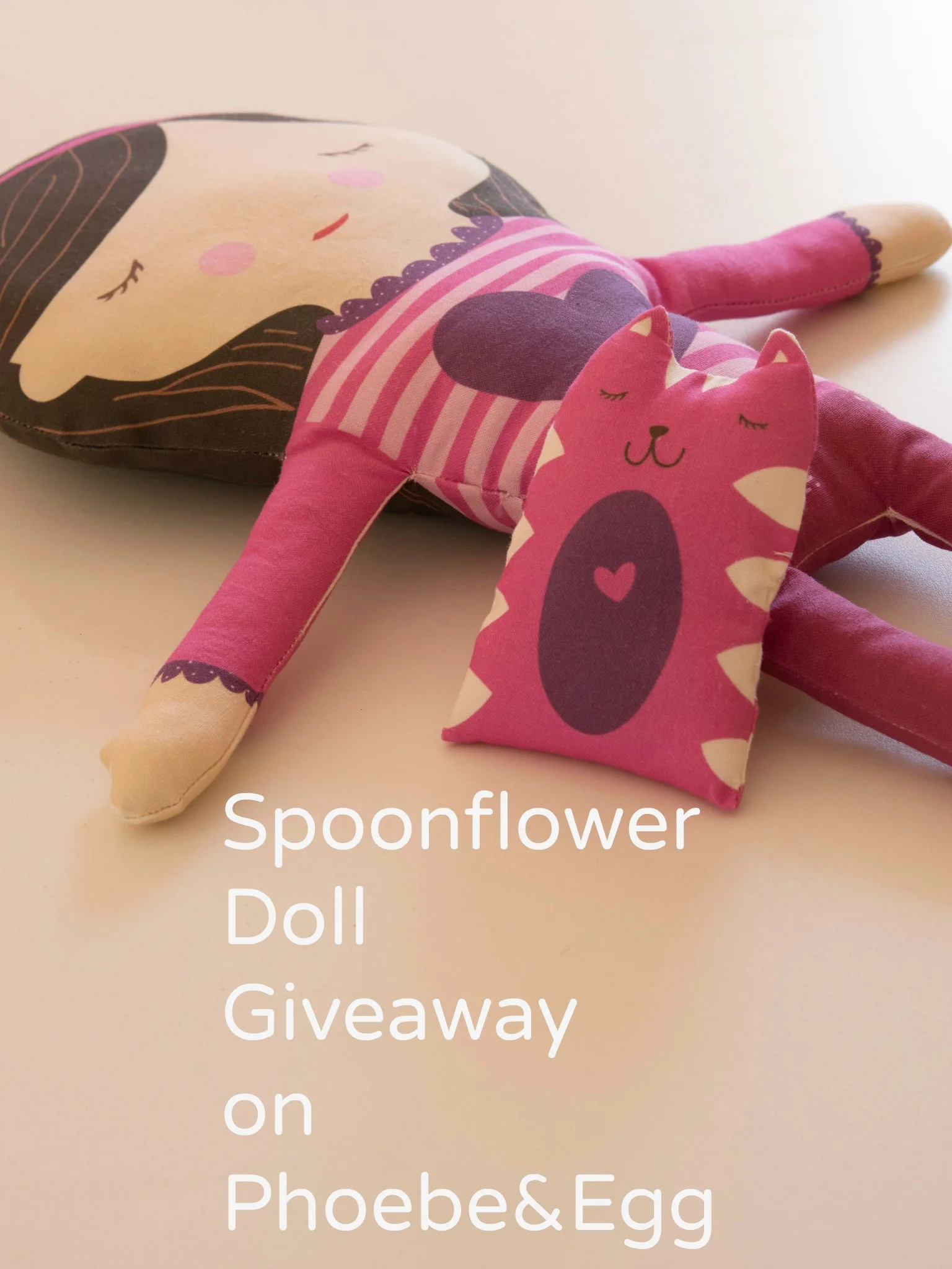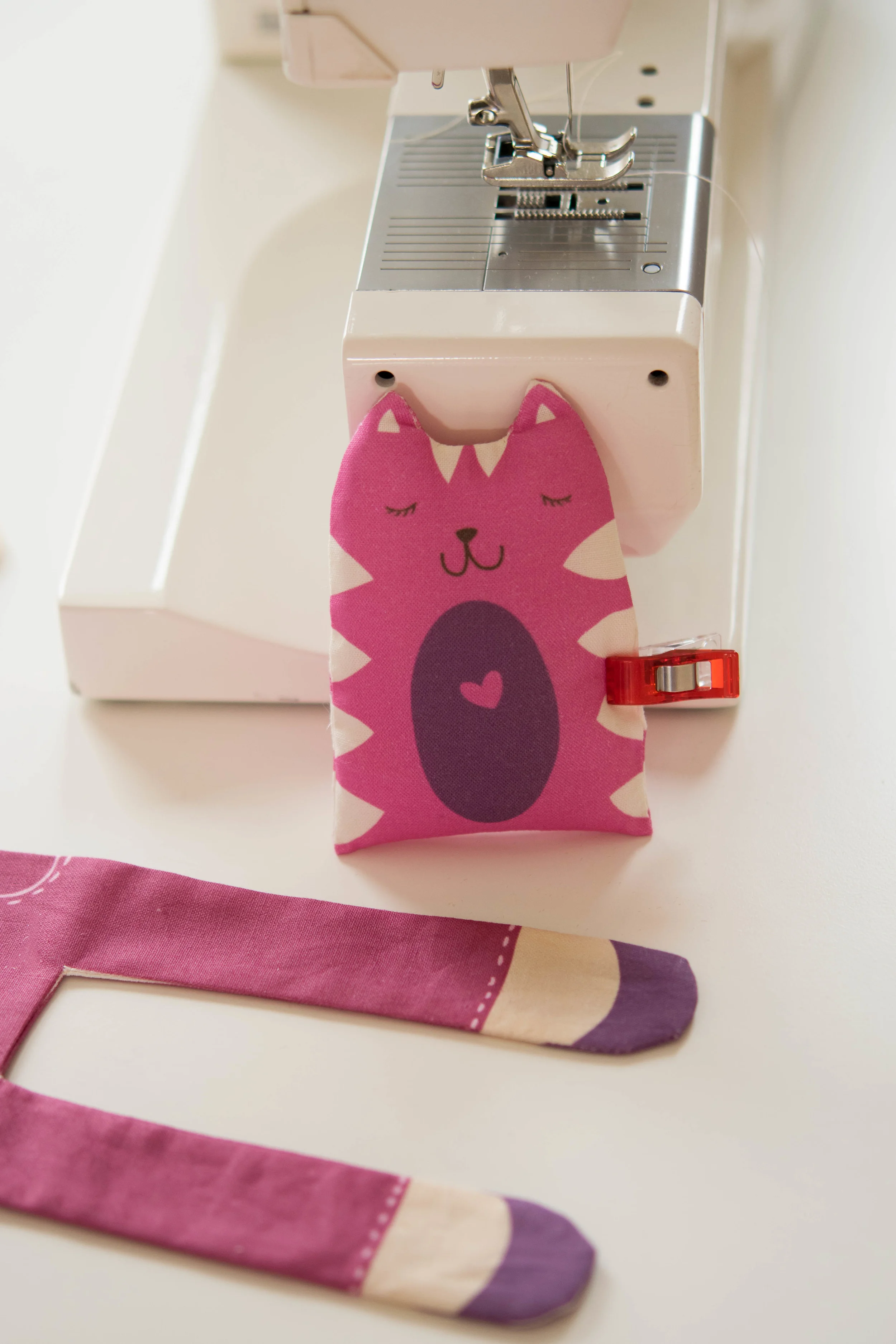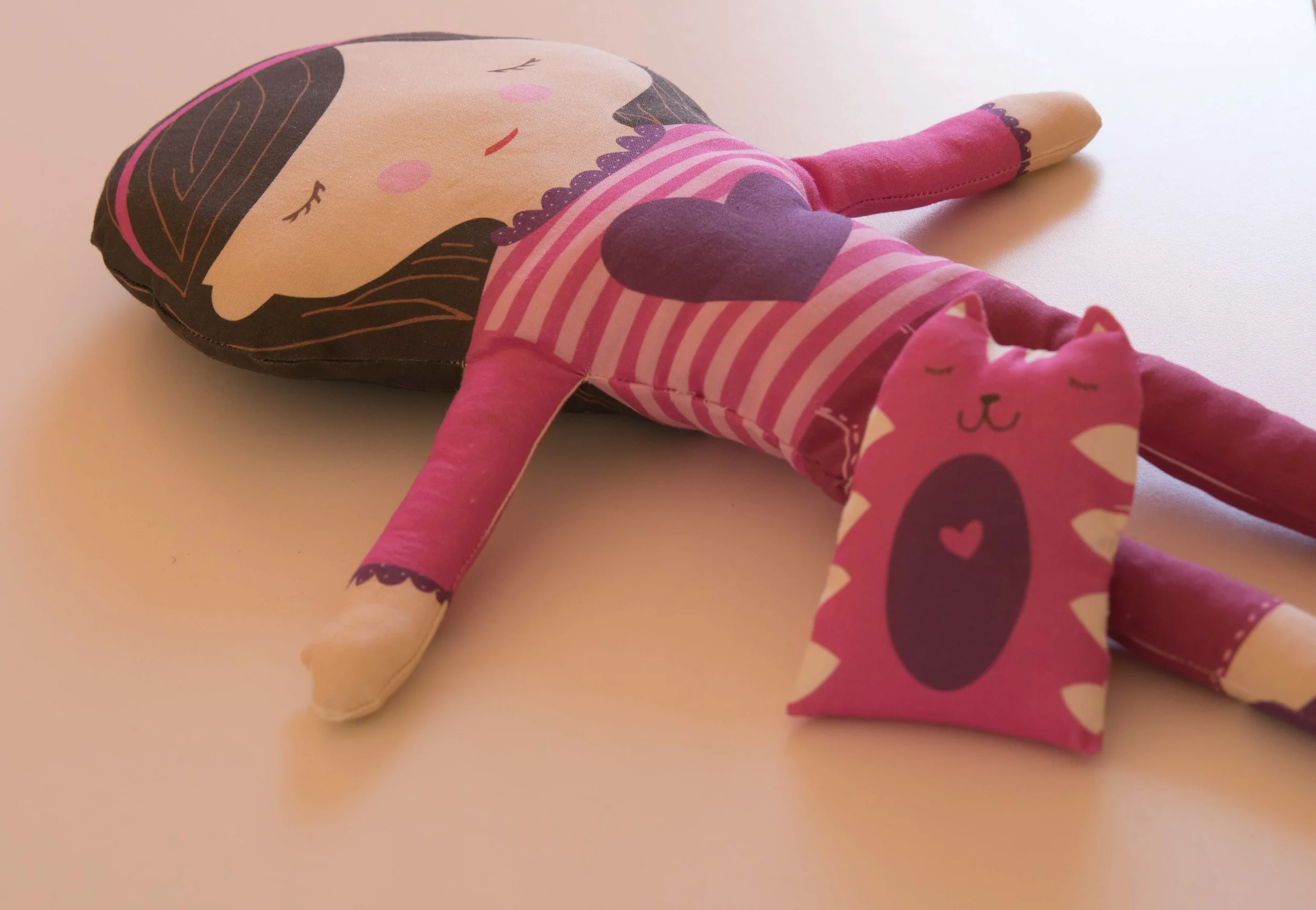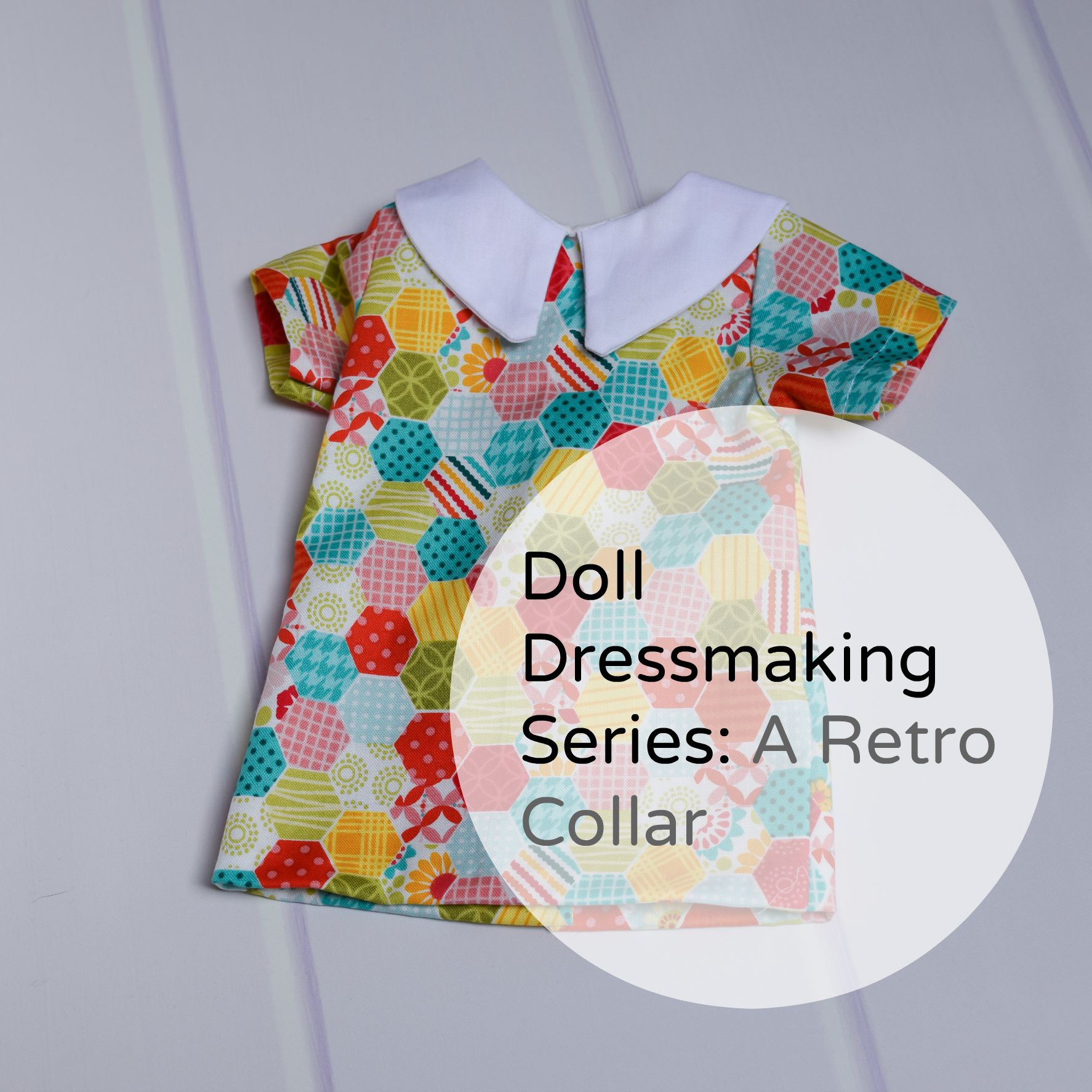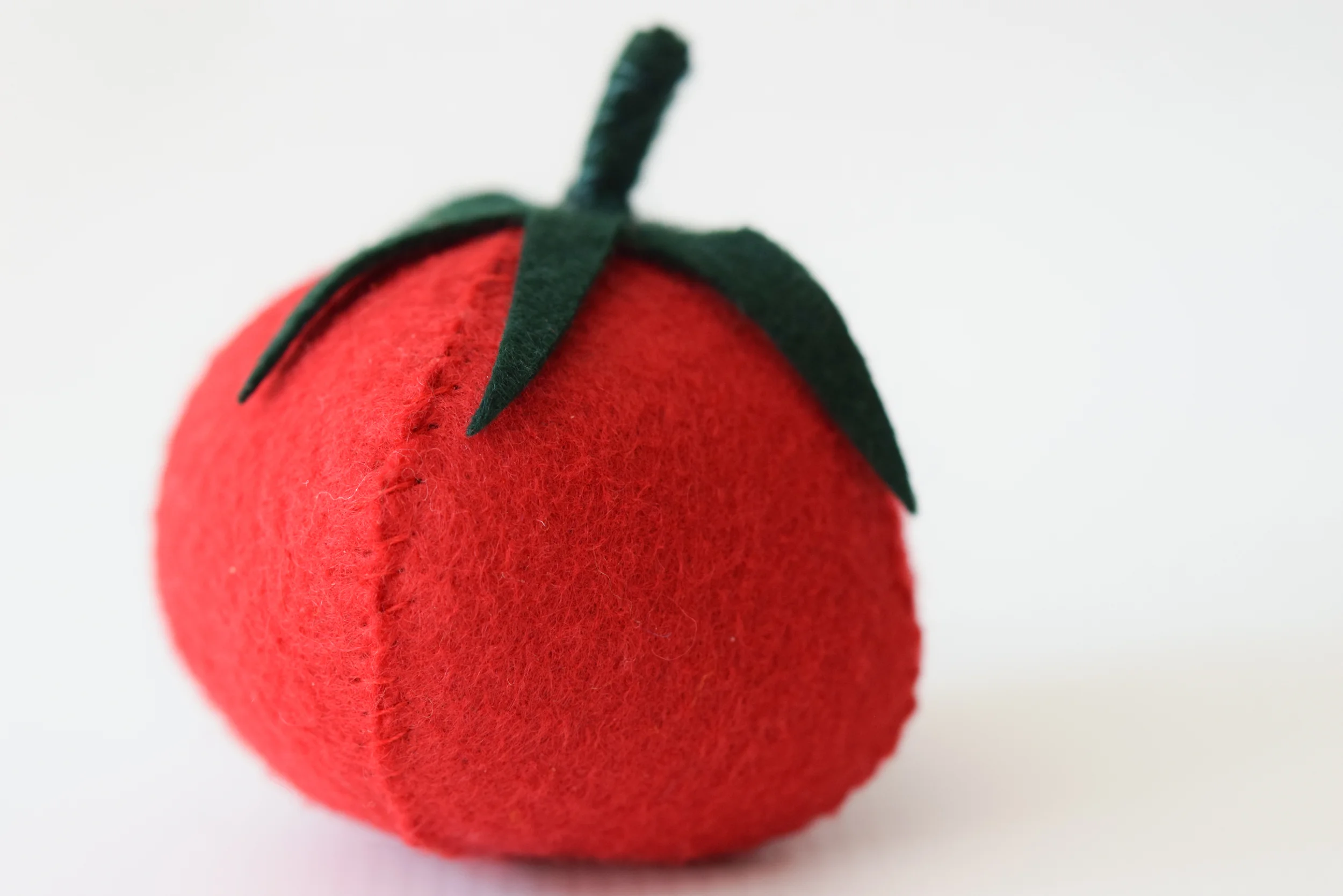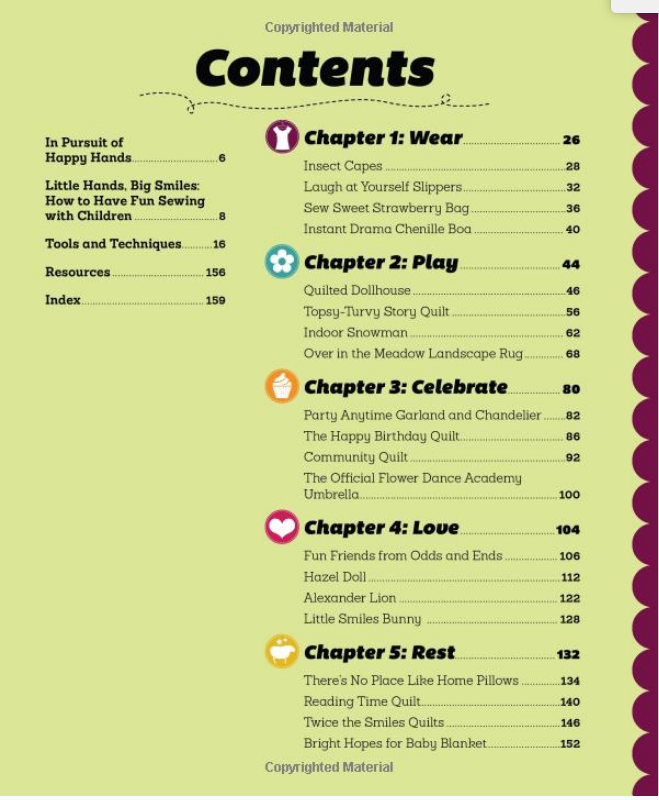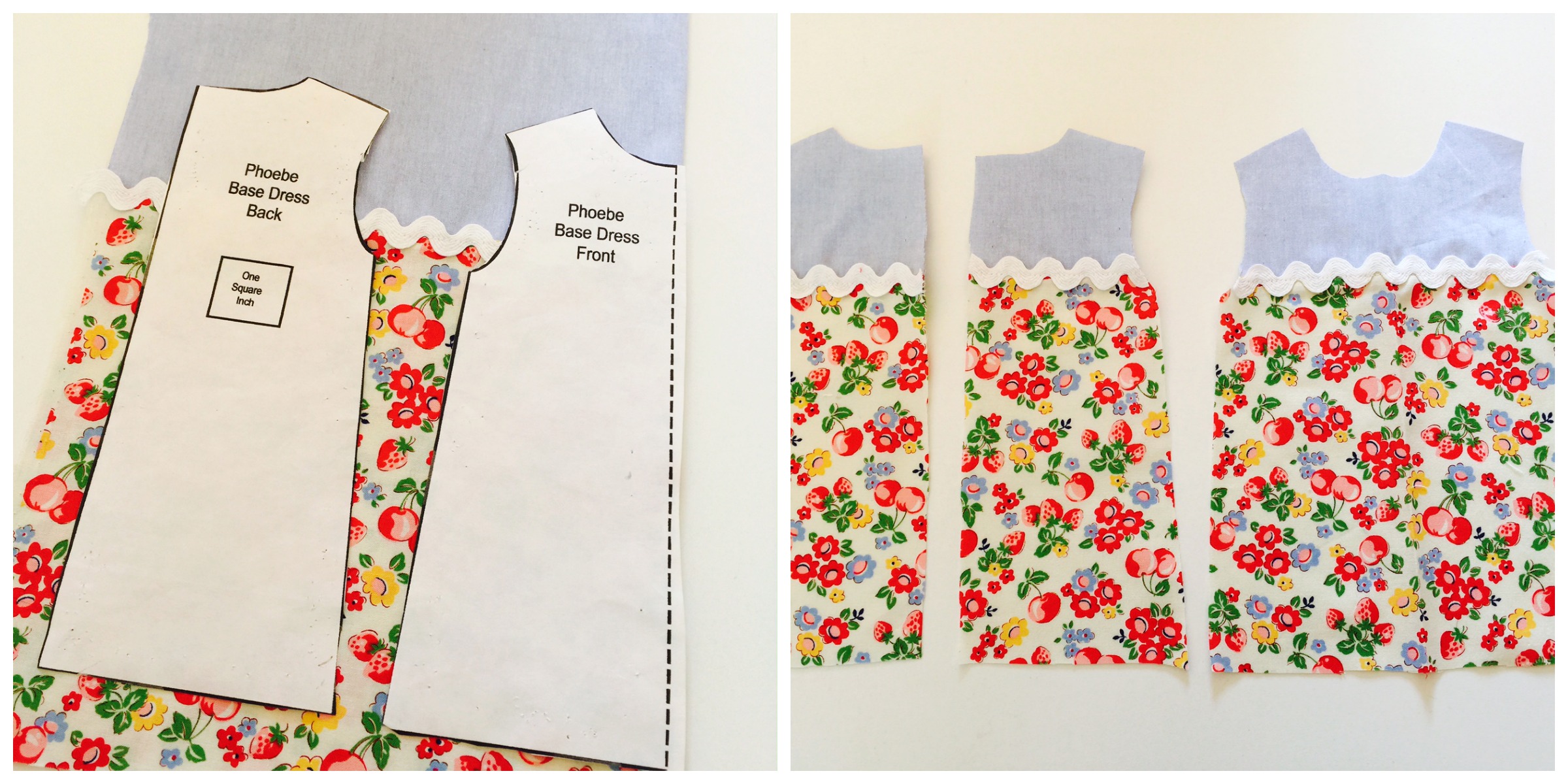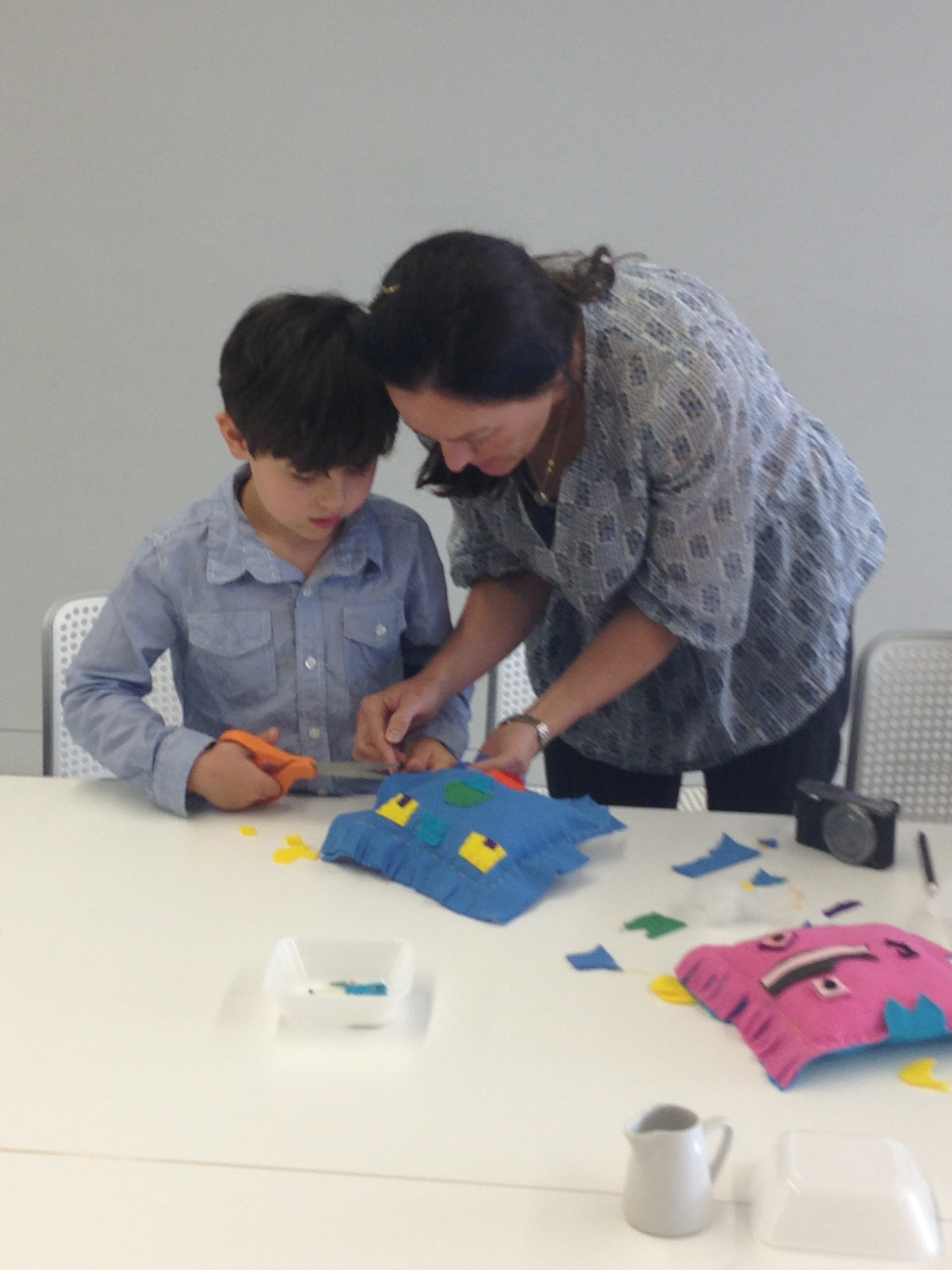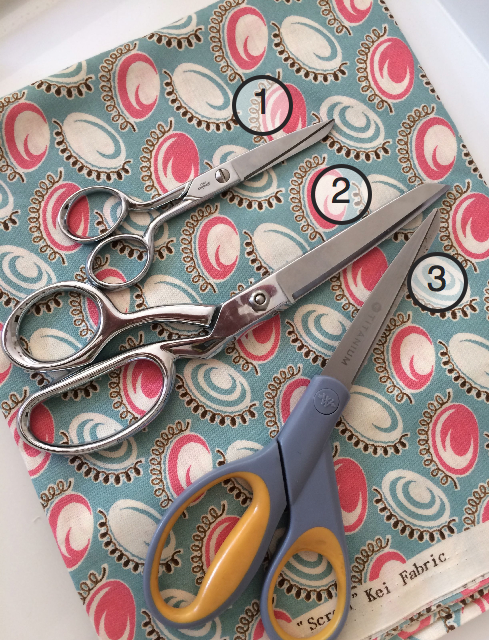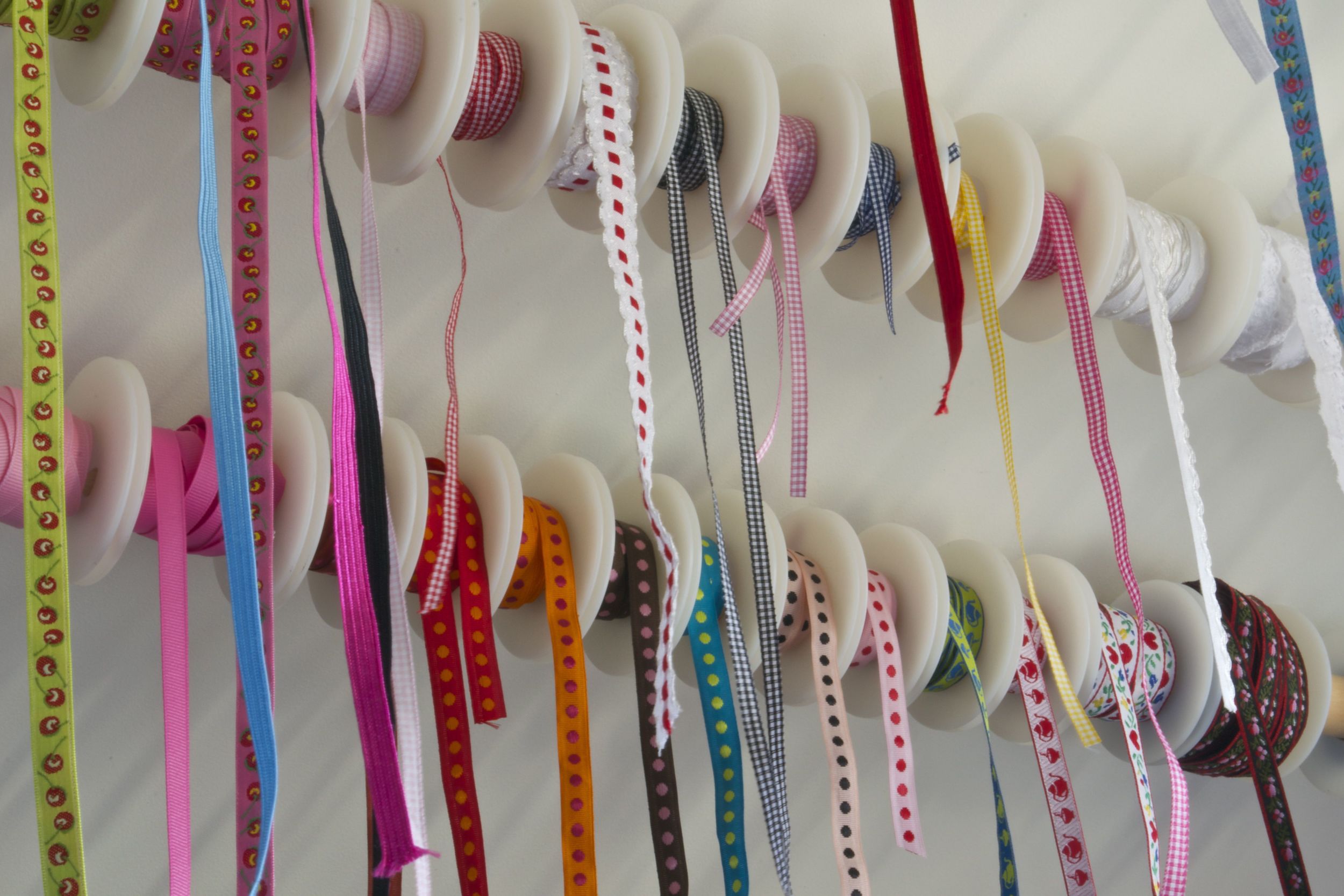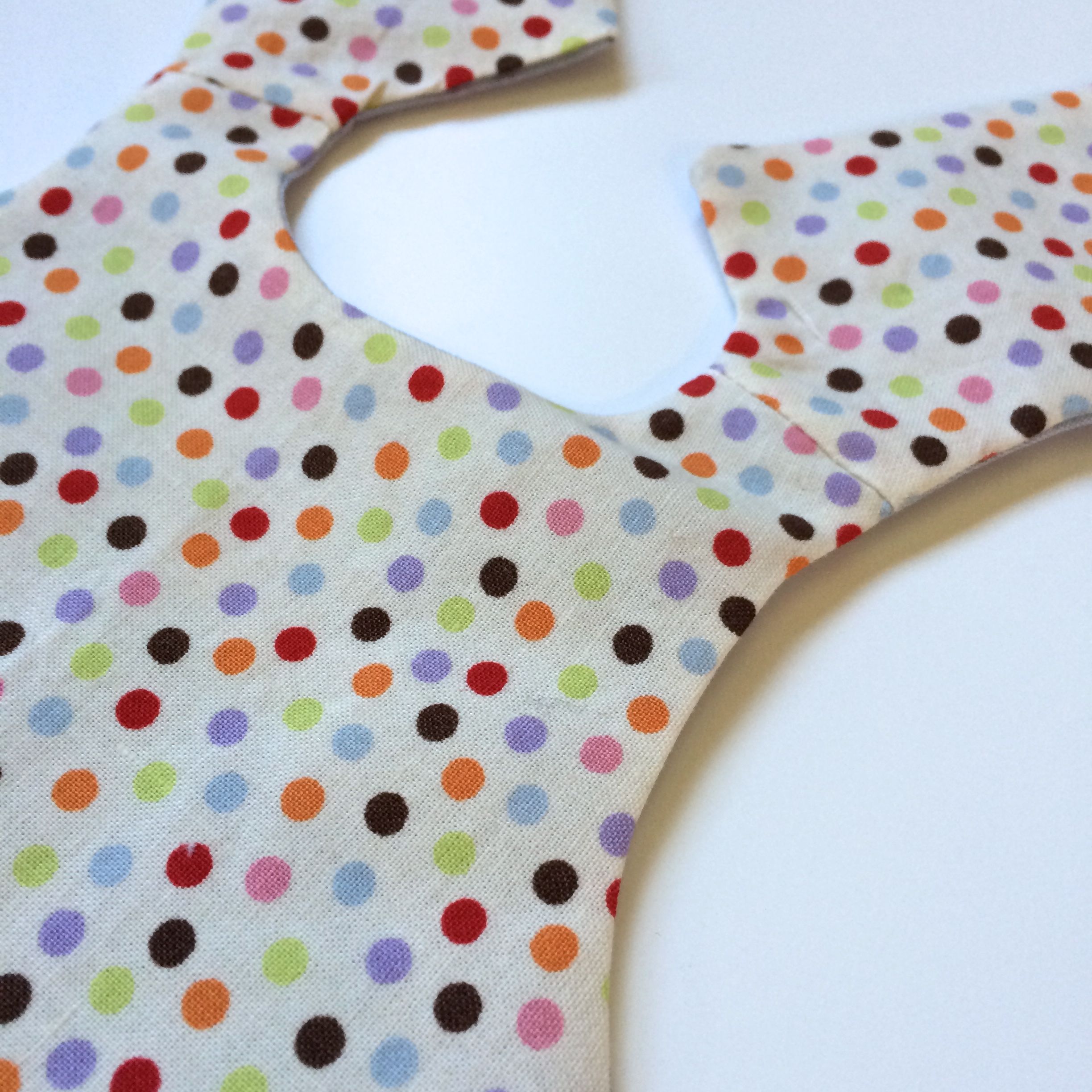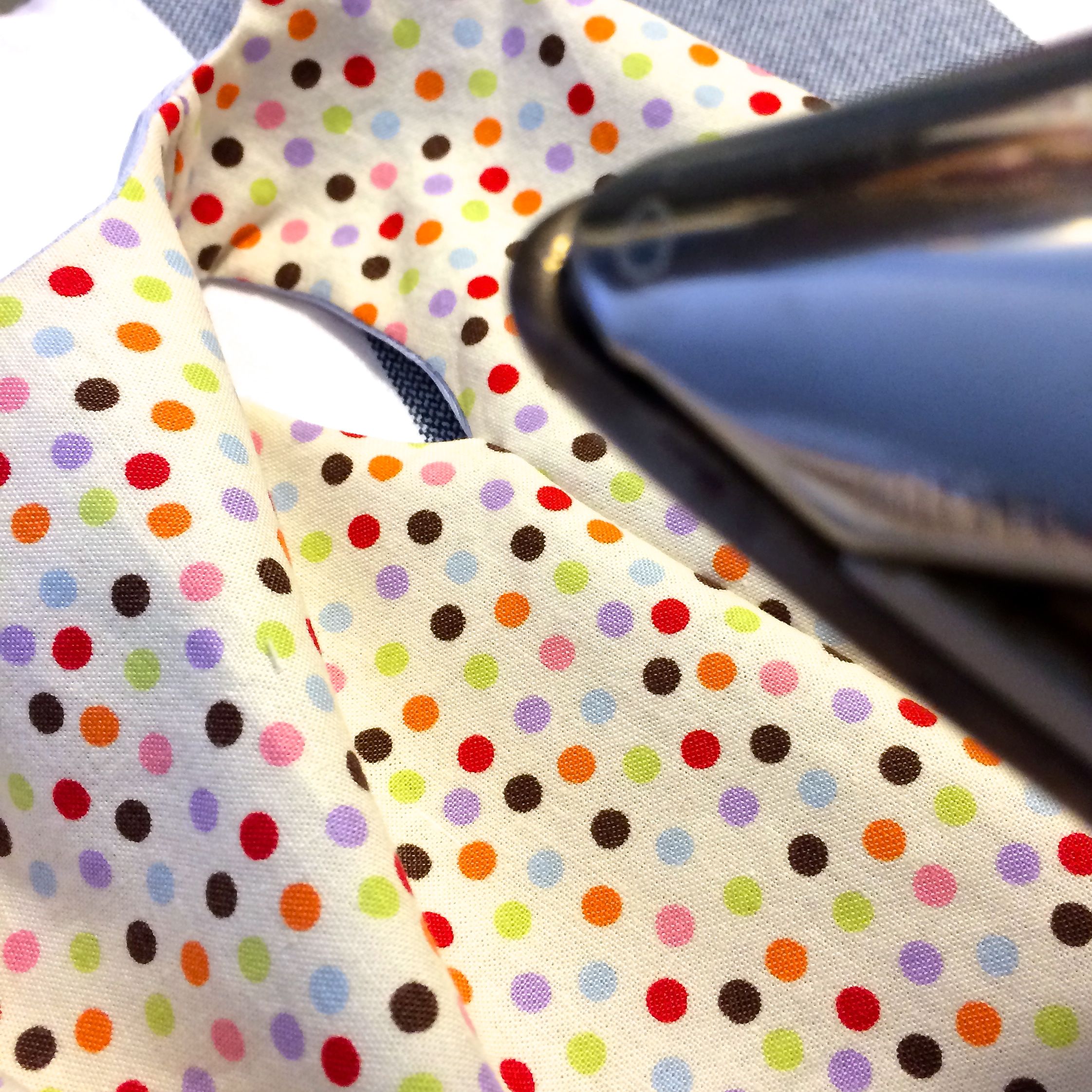For those of you unfamiliar with Spoonflower, you really should check it out. In a nutshell they print on fabric.
They can print your designs on fabric. Or you can buy others designs on fabric. and there are now so many types of fabric that they print on. Cottons, knits, linens, canvas, satin, faux suede.
I've had a number of things printed there, including Scrappy Phoebe. But I've also been eyeing other people's dolls on Spoonflower.
I especially love the dolls of Stacy Iest Hsu, a San Francisco based textile designer, whose work includes dolls and textiles on Spoonflower and at Moda fabrics. She also designs for Janie and Jack, GapKids, Target, and Tiny Prints. She recently did this Little Red Riding Hood line for Moda, which includes a doll, clothes and a wolf.
I fell in love with a set of dolls she designed on Spoonflower that are perfect for teaching a child to sew. They are just two pieces, many with a simple pet that is even easier to sew.
All of them are adorable.
The Spoonflower Doll Giveaway
I will be giving away three fat quarters, each with the unmade doll and kitten on them, ready to be sewn and stuffed.
How to enter?
Comment on this blog post, but be sure I have your email. The comment form has a place for you to fill out your email, but if you want to be sure include your email in the actual comment. I have set comments to be moderated/approved due to recent spam, so if you don't see your comment up there, it is for one of two reasons. either it didn't have an email, or it is awaiting approval. If it isn't up there after a few days, you can contact me with the contact form.
Giveaway ends March 17, 2016. I will pick the three with a random number generator

